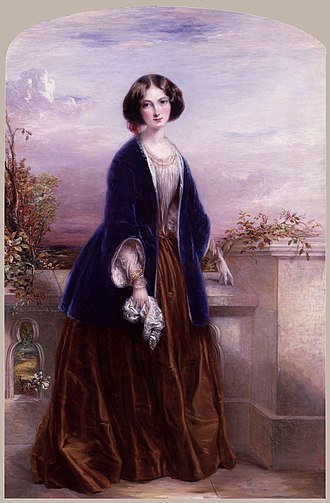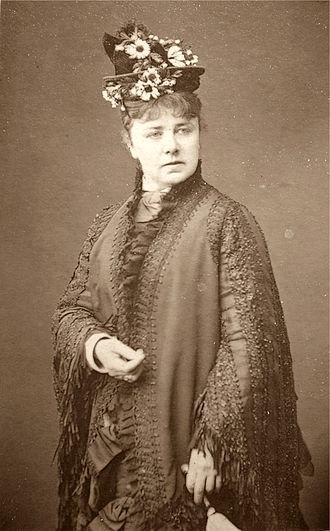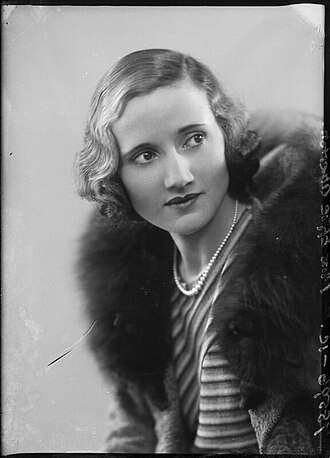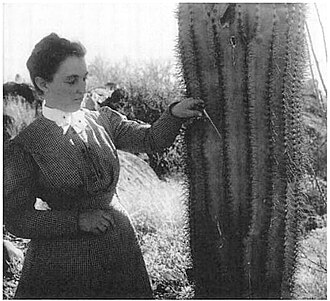Discover Your Roots
SIGN UPDiscover Your Roots
SIGN UPEffie is a charming and feminine given name of English origin, often used as a diminutive form of Euphemia. The name carries the meaning of "Diminutive Form Of Euphemia" and is commonly associated with grace and elegance. It is also sometimes used as a short form (hypocorism) of Efthymia, Eftychia, or Euphemia in Greek. Notable individuals bearing this name include Effie Bancroft, a renowned English actress, and Euphemia Effie Gray, a Scottish model famous for her marriages to John Ruskin and John Everett Millais. Additionally, the name Effie has also been featured in various fictional characters such as Effie Trinket in The Hunger Games and Effie White in the Broadway musical Dreamgirls. Whether in real life or in literature, Effie exudes a sense of grace and strength.

Euphemia Chalmers Millais, Lady Millais, also known as Effie Gray, was a Scottish artist's model and writer, born on May 7, 1828, in Perth, Scotland. She is best known for her relationships with two renowned figures of the Victorian era. Initially married to the art critic John Ruskin, their marriage was annulled due to it never being consummated. This controversial "love triangle" has been the subject of various artistic interpretations. Effie later married the Pre-Raphaelite painter John Everett Millais, with whom she had a close relationship even during her marriage to Ruskin.Effie's early life was spent at Bowerswell, her family home near the foot of Kinnoull Hill. She was a dedicated student, attending Avonbank school in England, where she won several prizes. Her marriage to Ruskin, which took place when she was 19, brought about significant challenges due to their differing personalities and priorities. Their relationship was marked by Ruskin's reluctance to consummate the marriage and a subsequent annulment.After her marriage to Millais, Effie's life took a different turn, and she became the subject of his famous painting, "The Order of Release." Her relationship with Millais developed during a trip to Scotland, where they fell in love. Effie's life and the complexities of her relationships have been the focus of much attention and have inspired various artistic works, including plays,

Marie Effie Wilton, Lady Bancroft (1836–1921) was an influential English actress and theatre manager known for her significant contributions to Victorian era theatre. Born in Doncaster, she began her career at a young age and gained popularity for her performances in various theatrical productions. In 1867, she married Squire Bancroft, and together they managed the Prince of Wales's Theatre and later the Haymarket Theatre in London. The couple played a pivotal role in revolutionizing Victorian theatre by introducing innovative plays and pioneering the genre of 'drawing-room comedy'. Their collaboration with playwright T. W. Robertson led to the popularization of naturalistic behaviors on stage, influencing the direction of theater in subsequent years. The Bancrofts also made notable contributions to the physical layout of theaters, upgrading audience comfort and introducing modern amenities. Lady Bancroft's legacy extends beyond her stage presence, as she authored a novel and co-wrote memoirs with her husband, providing insights into their remarkable partnership in the world of theater. Her enduring impact on the theatrical landscape solidifies her position as a trailblazer in the history of English theater.

Effie Lee Morris (April 20, 1921 – November 9, 2009) was an influential African American children's librarian, educator, and activist, known for her groundbreaking work in public library services for minorities and visually-impaired individuals. She played a pivotal role in developing Negro History Week programming at the Cleveland Public Library and was the first children's specialist for visually-impaired patrons at the New York Public Library. Morris also served as the first coordinator of children's services at the San Francisco Public Library, breaking barriers as the first African American to hold an administrative position there.Throughout her career, Morris was an active leader in advocacy organizations and made significant contributions to children's literature. Notably, she played a key role in establishing the selection criteria for the Coretta Scott King Award and received numerous prestigious awards, including honorary membership from the American Library Association (ALA) in 2008 and posthumous induction into the California Library Association's Hall of Fame in 2017.Morris's passion for literacy and library services stemmed from her childhood experiences in segregated Richmond, Virginia, and her subsequent move to Cleveland, Ohio. Her dedication to championing equal access to literature and education for all children has left a lasting legacy in the library and education communities.Effie Lee Morris's commitment to promoting diversity, inclusion, and accessibility in library services continues to inspire and impact future generations. Her invaluable contributions have solidified her place as a pioneering figure in children's librarianship and

Effie Atherton, born Euphemia Walker Anderson, was a British singer, dancer, film actress, and musical comedy performer. She gained recognition for her stage appearances in the West End of London and Broadway in New York. Atherton captivated audiences with her sophisticated songs and monologues, many of which were her own compositions. She made radio broadcasts and appeared in three films. Atherton was particularly associated with the works of Noël Coward and was known for her clever comedic performances. In the 1930s, she starred in various plays and musicals, including "Words and Music," featuring eighteen Coward numbers. Her performance in the film "Temptation" was well-received. Atherton also had a successful radio career, featuring prominently in the Radio Times and securing a prime-time evening slot. She was a talented artist with a diverse range of skills, leaving a lasting impact on the entertainment industry.

Effie Almira Southworth Spalding (1860–1947) was a pioneering American botanist and mycologist, renowned for her groundbreaking contributions to plant pathology. As the first female plant pathologist employed by the United States Department of Agriculture (USDA), she made a significant impact on the agricultural industry. Her pivotal discovery in 1887, identifying the fungus Colletotrichum gossypii as the culprit behind cotton cankers, helped combat a devastating disease that posed a major economic threat to cotton cultivation. Southworth's illustrious career included teaching botany at various institutions and conducting extensive research on plant diseases and desert flora. Born in North Collins, New York, in 1860, she pursued a comprehensive education, culminating in a bachelor's degree from the University of Michigan. Despite facing personal challenges, including the loss of her husband to tuberculosis, she persevered and earned a master's degree in botany from the University of Southern California at the age of 65. Effie Almira Southworth Spalding's enduring legacy is honored through the commemoration of a fungal genus named Southworthia Ellis & Galloway. Her invaluable contributions continue to inspire and influence the field of botany and mycology.
All images displayed on this page are sourced from Wikipedia or Wikimedia Commons.We use these images under their respective Creative Commons or public domain licenses. Wherever applicable, author attributions and license information are provided. If you believe an image is used incorrectly or outside its license terms, please contact us so that we can review and correct the issue.